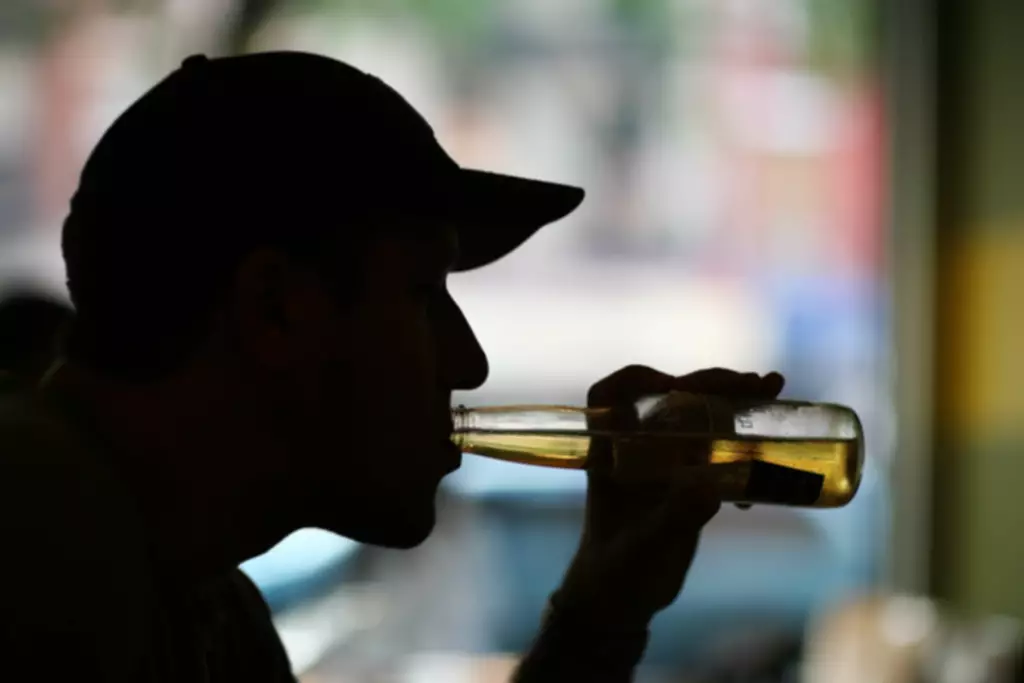Learn QuickBooks Online For Free With QuickBooks Tutorials: Helpful Tips for Tutorials and Courses
octubre 29, 2020Beneficial Ownership Information Reporting
septiembre 29, 2022
Minimize these triggers by leading a meaningful and low-stress life and getting professional help. While it can be difficult to control triggers, those who experience them can learn from past experiences, apply what they learn, and limit the risk of being re-triggered. Avoid only focusing on what happens after a trigger; also focus on what can be done beforehand. Engaging with what is alcoholism others who share similar experiences creates a sense of belonging and accountability. This shared experience can also reduce feelings of isolation, which is a common trigger for relapse.

The Connection Between Trauma and Substance Use Disorder

Some come from external sources, while others come from internal sources. By recognizing your triggers and where they are coming from, you can better manage them and prevent a potential relapse. There are many different types of objects internal triggers that can trigger addiction relapse. Some common examples include drug paraphernalia, alcohol-related items, and triggering pictures or symbols. It is essential to keep in mind that while many triggers result from negative events or experiences, positive events or experiences can also trigger a relapse.
- Just the sight or smell of the substance can create deep, hard-to-stop thoughts of using.
- It may be difficult to identify your triggers on your own without facilitated discussion in an individual or group setting.
- While relapse is not an indication of failure, it can be a setback in the journey to long-term sobriety.
- Incorporating these coping skills into daily routines empowers individuals, enabling them to manage triggers effectively and support their journey to sobriety.
- Mindfulness meditation is a way to recover your sense of well-being in the face of stress.
Stress as a Powerful Internal Trigger

Mindfulness can take practice, but it can be a valuable tool when handling triggers. Relaxing the mind and body in the moment can begin by taking slow, deep breaths. Controlled breathing gives you something that you can control and focus on, slowing the heart rate and allowing you to process your thoughts. You can also use mindfulness practices throughout your day, including various meditation techniques, soothing music, or a warm bath to aid in relaxation. Yoga and outdoor activities are also great ways to step away from the stresses of life and focus inward. Fortunately, while there are several ways you may experience a trigger, there are also several ways you can positively cope with those triggers.
How to Identify Trauma Triggers
Beyond cravings, this can also lead to a longing for the environment or lifestyle that you left and does not provide the same recall for the reasons that you initially sought recovery. Strategically avoiding high-risk situations, people, or places during vulnerable periods and establishing clear boundaries with others about your recovery needs are essential protective measures. Next, we’ll dive into how to tackle external triggers, which call for a different approach. Addiction and substance use disorder affects over 17% of the American population.
For instance, stress or social isolation can serve as both internal and external triggers, increasing vulnerability to substance use. Alcohol and drug addiction triggers are stimuli that remind you of your past drug or alcohol use and encourage those deep cravings. They can be social triggers, environmental triggers or emotional situations. In some cases, medication-assisted therapy (MAT) may be incorporated into the recovery plan to help manage cravings and emotional distress. Medications like Naltrexone for alcohol addiction or Buprenorphine for opioids can provide essential support.
Support Groups and Structured Programs
Often overlooked, internal antecedents are an important element in behaviour support. This article is based on my experiences working with Autistic children who also communicate in ways we find challenging. We do our best to find patterns, clues and reasons for episodes of challenging behaviour. When a behaviour if displayed with no noticeable trigger there are a number of reasons that may be behind this. I am going to outline three possible drivers that may lead to a behaviour being displayed with no clear trigger. Luckily, there are other ways to cope with exposure to trauma triggers.
Successfully managing addiction triggers is an essential part of maintaining sobriety and preventing relapse. Through awareness, preparation, and strategic coping mechanisms, individuals can foster resilience and strength in their recovery journey. Building a robust support network and utilizing educational resources further empower individuals to navigate the challenges that addiction triggers present. Remember, recovery is an ongoing process that involves both personal growth and the support of those around you. With dedication and the right tools, long-term recovery is not only possible but achievable. Conversely, unhealthy coping strategies—like emotional outbursts or returning to substance abuse—can exacerbate the impact of triggers and increase relapse risks.
Physical Relapse
Internal and external triggers refer to emotional, environmental, or social situations that prompt memories which cause a desire to use drugs or drink alcohol again. Neither type is technically more dangerous, but emotional triggers can be particularly challenging because they’re internal, always present, and often harder to identify than external ones. The most dangerous triggers are those that go unrecognized or that an individual hasn’t developed specific coping strategies to effectively manage. External triggers are things in your environment or specific situations that bring back memories or associations linked to substance use.
Situational triggers are the chameleons of the behavioral world, changing their colors based on the context we find ourselves in. These triggers are tied to specific situations, times, or places, and they can have a powerful influence on our actions. To identify what things could be triggers, a good place to start is making a list of people, places, and things that were prevalent in active addiction.
- • Behavioural changes influenced by medication adjustments or underlying health conditions.
- • Challenges in identifying, expressing, or managing emotions, often due to being in an invalidating or high-pressure environment.
- Such triggers are sometimes apparent, but they can also be subtle and more challenging to identify.
- These triggers can be difficult to recognize and can completely disrupt a recovery if they lead to relapse.
Building Resilience for Relapse Prevention

A whiff of cigarette smoke, watching people sip cocktails in a bar or restaurant, or a couple locked in an erotic embrace are reminders that seem to be everywhere in the early stages of quitting. These, and countless other things, are prime examples of external triggers, and they are going to be largely unavoidable. External triggers are particular locations, activities, things, people, places, objects, situations, smells, tastes, images, and events that make https://ecosoberhouse.com/ the person want to drink alcohol or use drugs. Internal triggers aren’t limited to negative emotions; even positive emotions, like the thrill of success, can act as triggers 13. Recognizing these connections is key to creating effective coping strategies.
